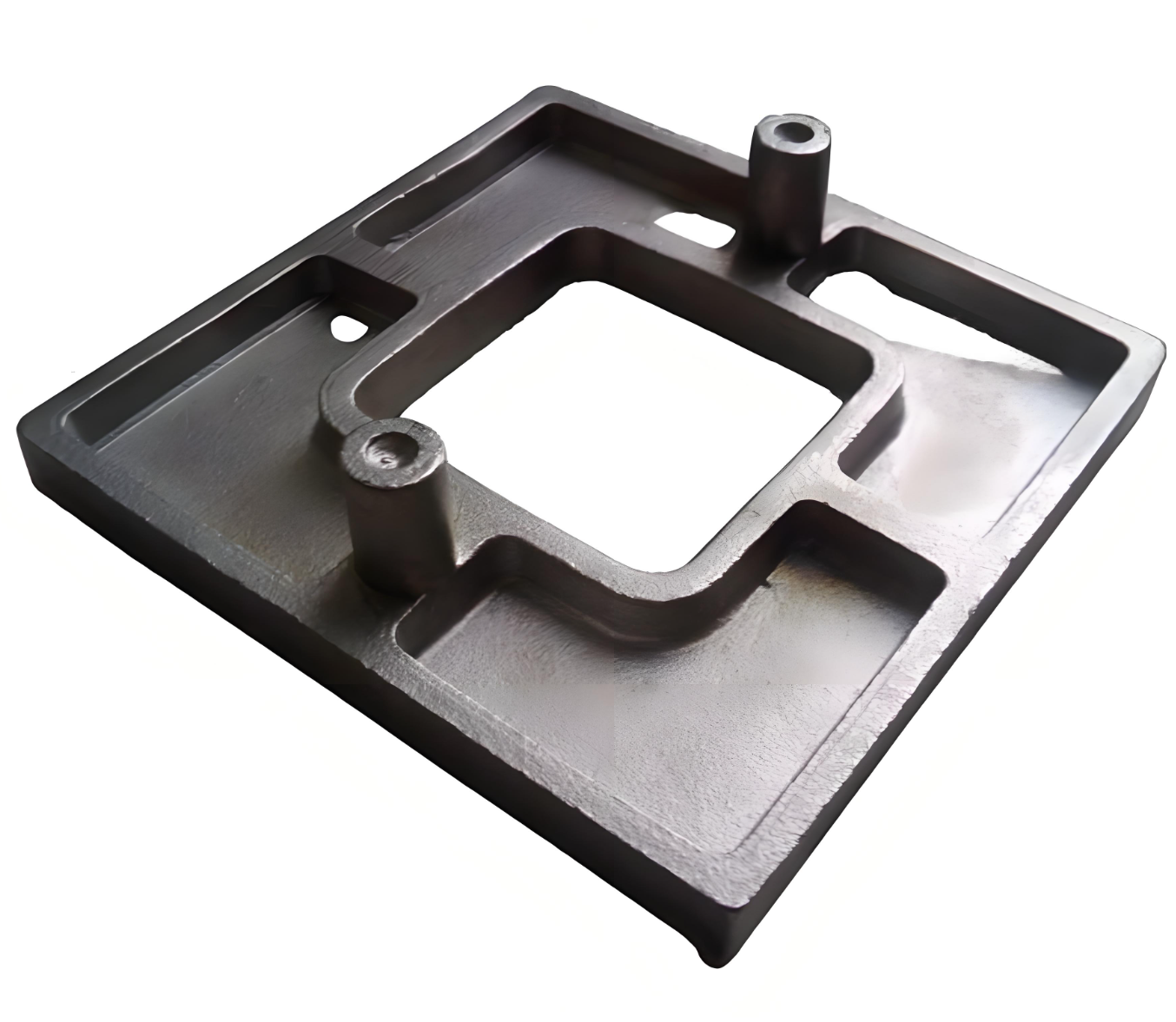Aluminium Die Casting
Release time:2024-11-22 18:01:38 Number of views:832 Publisher:njjh Source:编辑部
Aluminium Die Casting
When the leading manufacturers of heavy industrial valves urgently need to develop new investment casting resources, you can come to Jiehang.
Product Details ofAluminium Die Casting
When leading manufacturers of heavy industrial valves require the development of new investment casting resources urgently, Dongkun is the go-to solution.
The application of submersible pumps often occurs in remote and corrosive environments. Dongkun provides customers in these sectors with the industry's widest range of materials, metallurgical expertise, and diverse metalworking processes from a single source.
What is the die casting process?
1. Die casting is a precision casting method that utilizes high pressure to inject molten metal into intricate metal molds, known as dies, made from steel and tailored specifically for each project.
2. Die casting is a versatile process for producing engineered metal parts by injecting molten metal under high pressure into reusable steel molds. These molds can be designed with intricate shapes and high precision. Die-cast parts typically have smooth or textured surfaces and are available in various finishes.
Principle of die casting.
The die casting process employs high pressure to inject molten metal into a precision metal mold cavity at high speed. The metal cools and solidifies under pressure to form castings. There are two basic methods: cold and hot chamber die casting. In cold chamber die casting, molten metal is manually or automatically poured into a pressure chamber before a hydraulic punch presses it into the cavity. In hot-chamber die casting, the pressure chamber is connected to the crucible, allowing molten metal to flow into the chamber through a feed port. A downward-moving injection punch then pushes the molten metal through the gooseneck into the cavity. Once solidified, the die casting mold is opened, the casting is removed, and the cycle is completed.
The advantages of the die casting process.
1. Die casting enables the production of metal parts with complex shapes, defined contours, and thin-walled deep cavities. The process offers high dimensional accuracy, with surface roughness typically ranging from Ra0.8-3.2um, ensuring good interchangeability.
2. Die casting maximizes material utilization due to the high precision of parts, requiring minimal machining or allowing some parts to be used directly after casting. The process is highly productive, with rapid solidification and fast cycle speeds facilitated by high-speed filling. Additionally, die casting is conducive to using inserts.
